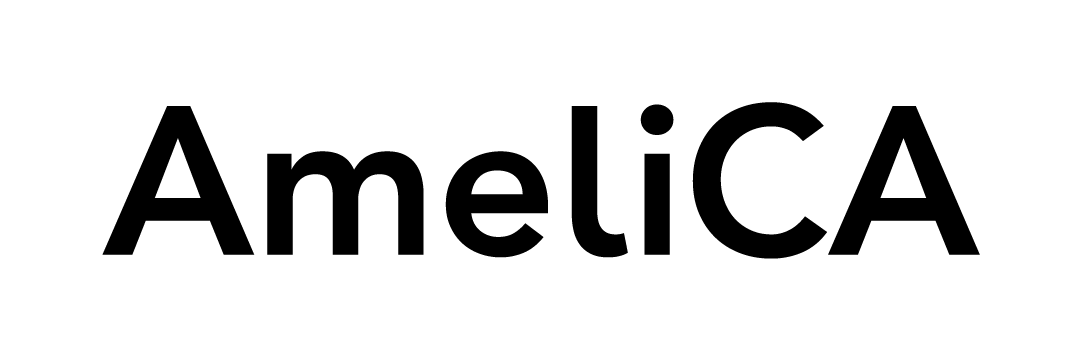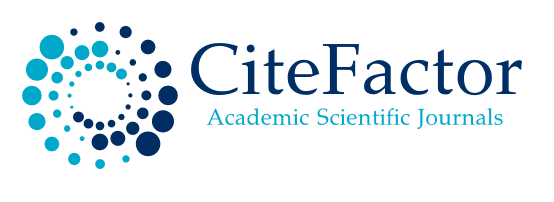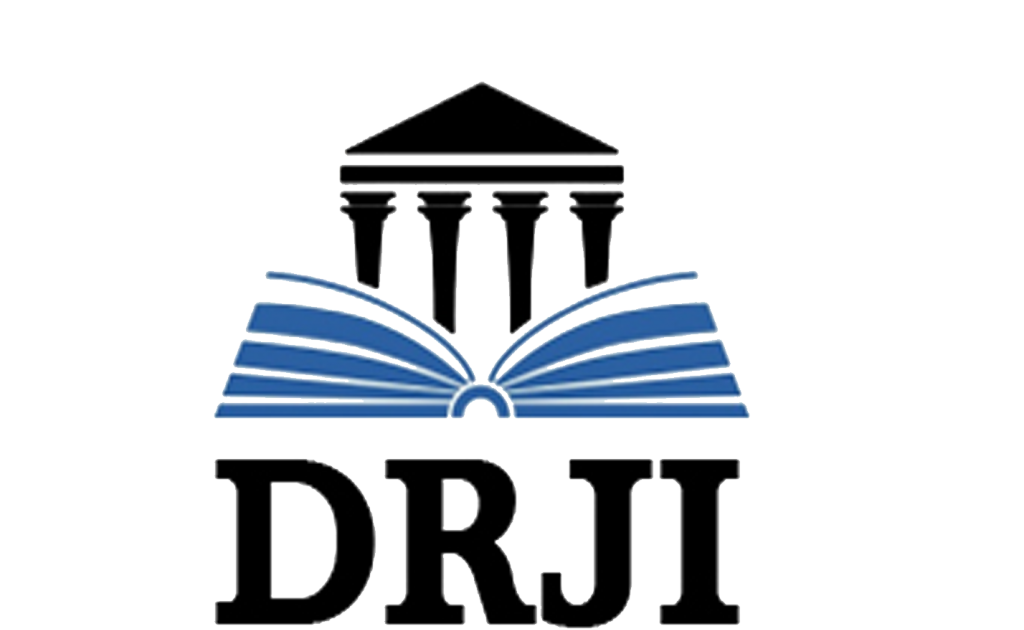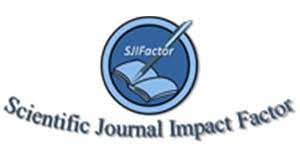Comparative study phytochemical and antioxidant activity of the epicarpia of the hawaiian and tainung variety (carica papaya)
DOI:
https://doi.org/10.53591/rug.v133i2.1408Keywords:
Carica Papaya, Antioxidant activity, Total polyphenolsAbstract
The Carica papaya peel generates waste that becomes environmental pollution which affects the population. A Hawaiian papaya has a weight of 453.6 grams, the peel of this fruit weighs 56.67 grams which represents 30% of waste; As for the Tainung variety, a mature fruit has an average weight of 1814.37 grams, the peel of this fruit weighs 198.447 grams, which represents 40% of waste. Situation that merits a study of the chemical composition and the therapeutic activities that they could represent. The imbalance between antioxidant activity and free radicals is related to oxidative stress; therefore, the consumption of fruits and vegetables provide important antioxidants for the body. This titration work aims to determine the secondary metabolites and the antioxidant activity of the epicarp of Carica papaya, Hawaiian and Tainung by preliminary phytochemical screening and spectrophotometric method. For which the secondary metabolites were determined and the Tainung variety presented alkaloids, phenols, flavonoids and saponins and the Hawaiian variety alkaloids, phenols, flavonoids
and saponins, then the total polyphenols were quantified by the Folin Ciocalteu method, the Tainung variety gave as a result 0.86% and the Hawaiian variety gave 0.70%. The antioxidant activity was determined by the DPPH method where the tainung variety gave the result IC 50 (Gallic Ac.) 137.86 mg / ml - IC 50 (Ascorbic Ac.) 22.24 mg / ml and the Hawaiian variety presented IC 50 (Ac. Gallic) 130.20 mg / ml - IC 50 (Ascorbic Acid) 21.00mg / ml.
References
Alexakis, P., & Siriopoulos, C. (1999). The international stock market crisis of 1997 and the dynamic relationships between asian stock markets: Linear and nonlinear Granger causality tests. Managerial Finance(25), 22–38.
AMA. (2013). American Marketing Association. Obtenido de Journal of Marketing Reseach: https://www.ama.org/publications/JournalOfMarketing/Pages/Current-Issue.aspx
Andreasen, A. (1994). Social Marketing: Its definition and Domain. Journal of Public Policy and Marketing, 13(Spring), 108-114.
Arcotel. (2018). Estadísticas Anuales Líneas Móviles. Recuperado el 26 de Enero de 2018, de Agencia de Regulación y Control de Telecomunicaciones: http://www.arcotel.gob.ec/servicio-movil-avanzado-sma/
Barboza, A. (2016). Sobre el Método de la interpretación documental y el uso de las imágines en la sociología. Sociedade e Estado, 21(2), 391-414.
Blodgett, J., Lu, L.-C., & Rose, G. (2001). Ethical Sensitivity to Stakeholder Interest: A Cross-Cultrural Comparison. Journal of Academy of Marketing Science, 29(2), 190-202.
Chiarelli, J., Marconi, M., Pistani, M., Waingarten, S., & Knopoff, E. (Junio de 2017). Sistema de farmacovigilancia: conocimiento y actitudes de los médicos del primer nivel de atención y tasa de notificación de efectos adversos para medicación antituberculosis. Revista Americana de Medicina Respiratoria, 17(2).
Claro. (Enero de 2018). Claro. Recuperado el 2 de Febrero de 2018, de Quienes Somos: https://www.claro.com.ec/personas/institucional/quienes-somos/
CNT-EP. (2018). La Corporación Nacional de Telecomunicaciones CNT EP. Recuperado el 2 de Febrero de 2018, de CNT: http://corporativo.cnt.gob.ec/historia-de-las-telecomunicaciones-en-el-ecuador/
Consejo General de Colegios Oficiales de Farmacéuticos. (2010). El papel del farmacéutico en la seguridad del paciente. Recuperado el 29 de Marzo de 2021, de El papel del farmacéutico en la seguridad del paciente: https://www.portalfarma.com/Profesionales/campanaspf/categorias/Documents/Documentos-Publica/2010_Informe_Tecnico_Seguridad_del_paciente.pdf
Cruz, M., Ruiz, A., Furones, J., & Palenzuela, I. (2015). Conocimientos sobre farmacovigilancia del personal de estomatología en municipios seleccionados. Revista de Ciencias Médicas La Habana , 21(3).
Drucker, P. (1984). The new meaning of corporate social responsi-bility. California Management Review, XXVI(2), 53-63.
Gómez, P. (2003). La gestión de marketing de ciudades y áreas metropolitanas: de la orientación al producto a la orientación al marketing. Cuadernos de Gestión, 3(1), 11-25.
Gordhon, Y., & Pedayachee, N. (2020). Evaluating the knowledge, attitudes and practices of healthcare workers towards adverse drug reaction reporting at a public tertiary hospital in Johannesburg. International Journal of Africa Nursing Sciences, 12.
Green Paper. (2011). Green Paper on corporate social responsibility. Recuperado el 2018 de Enero de 2018, de Europa: http://europa.eu/legislation
Hunt, S. (1983). General theories and the fundamentalexplananda of marketing. Journal of Marketing, 47(4), 9-17.
Jiménez, G., Debesa, F., González, B., Ávila, J., & Pérez, J. (2006). El Sistema Cubano de Farmacovigilancia, seis años de experiencia en la detección de efectos adversos. Rev Cubana Farm, 40(1), 1-8. Obtenido de http://scielo.sld.cu/pdf/far/v40n1/far02106.pdf
Jiménez, G., García, A., Gálvez, A., Alfonso, I., Lara, M., & Calvo, D. (2014). Medicamentos notificados como productores de reacciones adversas graves en Cuba en un período de diez años. Revista Cubana de Salud Pública, 40(4), 263-275. Obtenido de https://www.medigraphic.com/pdfs/revcubsalpub/csp-2014/csp144c.pdf
Kotler, P., & Levy, S. (1969). Broading the concept of Marketing. Journal of Marketing, 33(January), 10-15.
Kotler, P., & Zaltman, G. (1971). Social marketing: An approach toplanned social change. Journal of Marketing, 35, 3-12.
Lideres. (Enero de 2014). Revista Lideres. Recuperado el 12 de Enero de 2018, de En 20 años, la telefonía móvil superó las expectativas: http://www.revistalideres.ec/lideres/20-anos-telefonia-movil-supero.html.
Maignan, I., & Ferrell, O. (2004). Corporate social responsibility and marketing: an integrative framework. Journal of the Academy of Marketing Science, 32(1), 19-23.
Mata, J., Ortiz, M., Islas, H., Diaz, M., De León, V., & Tenorio, L. (Octubre-diciembre de 2017). Impacto de una intervención educativa en los conocimientos en farmacovigilancia y en el reporte de reacciones adversas a los medicamentos de profesionales de la salud en un hospital público de segundo nivel de atención en el Estado de México, México. Revista Mexicana de Ciencias Farmacéuticas, 48(4).
Maza, J., Aguilar, L., & Mendoza, J. (2018). Farmacovigilancia: un paso importante en la seguridad del paciente. Medigraphic, 72(1), 47-53.
Miron, D., Petcu, M., & Sobolevschi, M. (2011). Corporate Social Responsibility and sustainable competitiveness. Amfiteatru Economic Journal, A.S.E.(29), 163-180.
Muberra, G., & Perihan, E. (Enero de 2019). Healthcare professionals pharmacovigilance knowledge and adverse drug reaction reporting behavior and factors determining the reporting rates. Journal of Drug Assessment, 8(1).
Ramos, J., & Periáñez, I. (2003). Delimitación del Marketing con Causa o Marketing Social Corporativo mediante el análisis de empresas que realizan acciones de responsabilidad social. Cuadernos de Gestión, 3(1), 65-82.
Romero, K. (Abril-Junio de 2018). El conocimiento de la Farmacología en el profesional de enfermería. Enfermería Investiga, Investigación, Vinculación, Docencia y Gestión, 3(2).
Ruiz, A., García, A., Jiménez, G., Alfonso, I., Pérez, B., & Carrazana, A. (2013). Farmacovigilancia de fitofármacos y apifármacos en Cuba durante 2006-2010. Revista Cubana de Plantas Medicinales, 18(2), 173-186. Obtenido de http://scielo.sld.cu/pdf/pla/v18n2/pla02213.pdf
Sáez, M., Sánchez, N., Jiménez, S., Alonso, N., & Valverde, J. (Marzo-Abril de 2016). Tratamiento del dolor en el anciano: opioides y adyuvantes. Revista de la Sociedad Española del Dolor, 23(2).
Telefónica S.A. (2018). Movistar. Recuperado el 3 de Febrero de 2018, de Historia de Movistar: https://www.movistar.com.ec/
Torres, B. (2006). Metodología de la Investigación. Mexico D.F: Pearson.
Trabanca, Y., Jiménez, G., Alfonso, i., Pavón, K., & Albear, F. (Marzo-Abril de 2018). Implementación del Programa de Notificación de Efectos Adversos por Pacientes en Guantánamo. Revista de Información Científica, 97(2).
Vaaland, T., Heide, M., & Grønhaug, K. (2008). Corporate social responsibility: investigating theory and research in the marketing context. European Journal of Marketing, (9/10), 927-953.
Vázquez, M. (2011). Investigación en educación matemática: objetivos, cambios, criterios, método y difusión. Education Siglo XXI, 29(2), 173-198.
Vicente, M. Azucena; Mediano, Lucía; . (2002). Propuestas para una segmentación estragégica del mercado ecológico . Cuadernos de Gestión, 2(1).
WBCSD. (2012). World Business Council for Sustainable Development,. Recuperado el 15 de Enero de 2018, de . Corporate social responsibility: Meeting changing expectations [pdf].: http://www.wbcsd.org
Published
How to Cite
Issue
Section
License

This work is licensed under a Creative Commons Attribution-NonCommercial-NoDerivatives 4.0 International License.

This work is licensed under a Creative Commons Attribution-NonCommercial-NoDerivatives 4.0. International License.
You are free to:
- Share — copy and redistribute the material in any medium or format
- The licensor cannot revoke these freedoms as long as you follow the license terms.
Under the following terms:
- Attribution — You must give appropriate credit , provide a link to the license, and indicate if changes were made . You may do so in any reasonable manner, but not in any way that suggests the licensor endorses you or your use.
- NonCommercial — You may not use the material for commercial purposes .
- NoDerivatives — If you remix, transform, or build upon the material, you may not distribute the modified material.
- No additional restrictions — You may not apply legal terms or technological measures that legally restrict others from doing anything the license permits.































